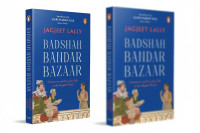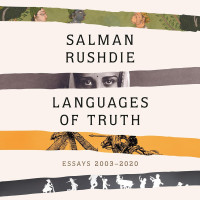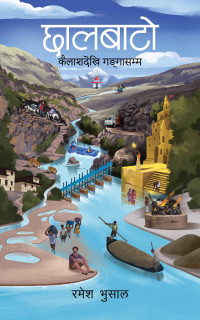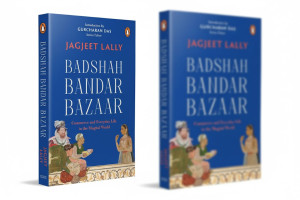Books
Decoding India’s transformative constitution
Gautam Bhatia’s idea of a transformative constitution envisages an expansive reading of constitutional fundamental rights, only if consistent with India’s current constitution.
Atasi Ghosh
The Constitution of India is the longest written constitution in the world. A constitution is a set of laws or fundamental principles that help govern a state. A living constitution is one that evolves, changes over time, and adapts to new circumstances. Every constitution reflects the fundamental characteristics of the country it governs, for example the Indian Constitution envisages a “sovereign, socialist, secular, democratic republic” which secures all its citizens “justice”, “liberty”, “equality” and promotes “fraternity” among them. A constitution has to change from time to time to keep in pace with the changing society. Such change is not necessarily a formal amendment of the constitution but rather a different reading of the constitutional provisions by the judges to do justice to the people whom the constitution seeks to protect.
It is this transformative aspect of the constitution that is at the heart of advocate Gautam Bhatia’s new book The Transformative Constitution. The book focuses on the ways in which the constitution has been interpreted in judicial history. The dominant approach to constitutional interpretation, according to Bhatia, is that of a ‘living tree’, or an evolving document, with judges bearing the responsibility of ‘updating’ it so that it keeps pace with changing times. He writes, “At the heart of every constitutional decision is the court’s assessment of what the Constitution means, why it exists in the shape and form that it does and above all, what injustice it is meant to remedy.”
Bhatia argues that the constitution grounds Indian democracy in the principles of liberty, equality and fraternity while attempting to reconstruct Indian society by freeing it from concentrated and exploitative state power as well as private orderings (including religion and custom) stemming from centuries of oppressive social structures. He analyses various judgments in the light of democratising not just vertical relations between the individual and the state but also horizontal relationships within castes, the workplace, the family, and communities.
The book is divided into three sections, namely "Equality", "Liberty" and "Fraternity". Each section is further divided into three chapters, each chapter discussing the legal history behind the different fundamental rights guaranteed under the Indian Constitution and how such rights have evolved over the years.
The chapters on “Equality” discuss judgments on sex discrimination, equality before law, and equal opportunities. Bhatia argues that the constitutionality of potentially discriminatory legislation is to be tested by its effects rather than by its proposed aims and that discrimination cannot be justified by invoking “natural differences” or “gendered social rules”. In modern times, he writes, it will be rare to find the state expressly invoking stereotypes to justify discriminatory laws; rather seemingly neutral laws are nonetheless “founded on stereotypical assumptions that have disadvantaged women and continue to do so at a structural and institutional level”. While discussing equality before the law, Bhatia discusses the effect and impact of the now struck down Section 377 on the LGBT community while distinguishing between constitutional morality from popular morality. Bhatia rightly points out that the individual is at the heart of the Constitution and thus legislation discriminating on the basis of an intrinsic and core trait of an individual is unconstitutional.
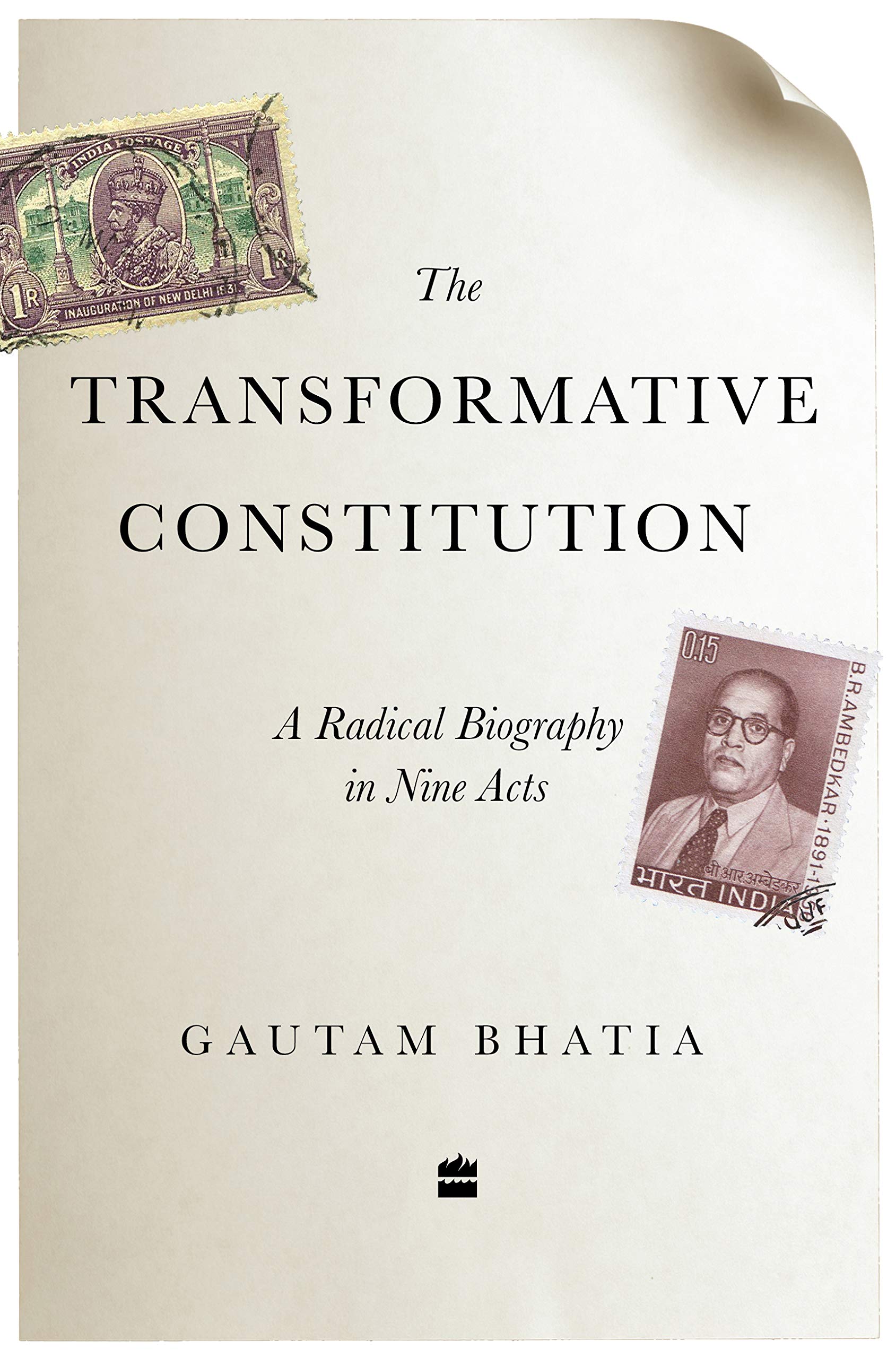
Bhatia goes on to discuss Supreme Court judgments on reservation and state employment while recognising that in India, structural and institutional barriers prevent equitable distribution of opportunities. Hence, as he argues, the Constitution “envisages a constantly evolving situation, where groups that are the sites of social and institutional disadvantages can change over time, and even new groups can be added as times change”.
The essays on “Fraternity” discuss religious freedom, minority rights and group identity where he proposes a novel “anti-exclusion” principle, wherein the state and the court must respect the integrity of religious groups and their essential religious practices except where such practices lead to the exclusion of individuals from economic, social or cultural life. Bhatia discusses constitutional restrictions on how private individuals must deal with each other, in the shape of the prohibition of denial of access to public roads and restaurants, the abolition of untouchability and the prohibition of forced labour. He draws a parallel between forced labour (i.e. the economic arrangements in a capitalist society where an employee has no bargaining parity and has to accept employment at whatever rate is offered to him) and housework which remains “unpaid and unremunerated labour”. So for him, individuals (predominantly women) engaging in housework should have the fundamental, enforceable right to a minimum wage.
In the essays on "Liberty”, Bhatia is critical of the Aadhaar judgement wherein the Supreme Court of India upheld the right to privacy as a fundamental right under Article 21. He argues that state control over data impacts freedom, perpetuates institutional disadvantage and helps to consolidate private regimes of power. He further argues that the Supreme Court failed to engage with the scope of potential abuse in future, exemplifying how DNA databases can lead to predictive policing (the idea that crime can be prevented before it is committed), which could be problematic considering India’s history of police abuse. Bhatia shines in his analysis of the scope and extent of “marital privacy”, where he argues in favour of criminalisation of marital rape by enumerating how decisional privacy should be given priority over institutional privacy considering the reality of unequal power structures within Indian families.
Although Bhatia attempts to give primacy to the original transformative vision of the Indian Constitution, he does not advocate judicial activism in the guise of public interest litigation interfering with the democratic process (courts performing the functions of the other organs of government) to achieve transformative constitutionalism. Rather, Bhatia’s conception of a transformative constitution envisages an expansive reading of the constitutional fundamental rights only to the extent that is consistent with the text of the Constitution.
Book: The Transformative Constitution
Author: Gautam Bhatia
Pages: 544
Publisher: Harper Collins, India
Atasi Ghosh is an advocate at the Calcutta high court




 15.12°C Kathmandu
15.12°C Kathmandu

